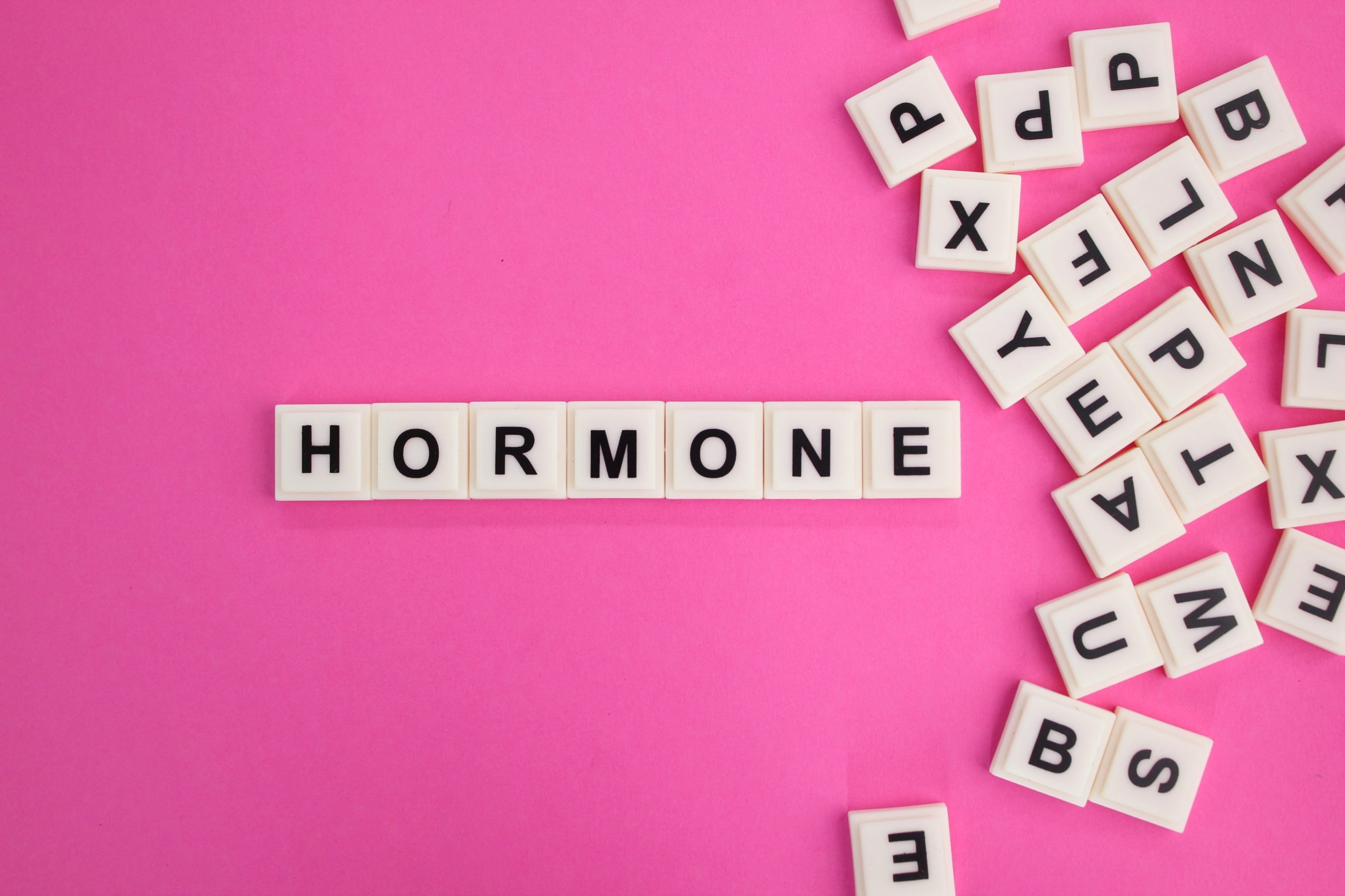Menopause Care Sutherland Shire
What do I need to know about Menopause Hormone Treatment (MHT) or HRT?

Dr Alison Vickers, a Sydney GP with a special interest in the care of women during perimenopause and menopause, explains
The short answer
Estrogen hormone levels are up and down during perimenopause and, after menopause, become very low. This change in hormone levels causes the symptoms of perimenopause and menopause. Taking estrogen counteracts these effects, and about 9 out of 10 women report that their symptoms improve. Most doctors now prefer the term Menopause Hormone Therapy (MHT) instead of the older description- Hormone Replacement Therapy (HRT). This is because the various hormones used in MHT do not ‘replace’ the cyclical changes which we see before menopause. Instead, they provide a stable level of hormones, which helps with the symptoms caused by low estrogen levels. It all gets a bit more complicated as:
- Some women can’t take MHT at all
- Women who have a womb need to have a second hormone progesterone
- MHT can be taken as a tablet, gel or patch
- There are different progesterone’s
- There are risks and benefits to MHT
- There can be a big difference in the cost of the available estrogens and progesterone’s
- Sometimes, there is a shortage of some estrogens and progesterone’s
All of this is in more detail in the long answer.
The long answer
When I see women to discuss Menopause Hormone Therapy (MHT), it is never a short consultation. There is always much to consider and information to share to make the best choice for each woman.
Who can’t take Menopause Hormone Therapy (MHT)?
Unfortunately, women who have had breast cancer can’t take MHT. Some women who have had a clot in their lung or their legs or have a very high risk of getting a clot can’t take MHT. Risks and benefits need to be very carefully weighed up if considering starting a woman on MHT over the age of 65 or 10 years since her last period.
In almost all cases, estrogen can safely be taken as a vaginal cream. Fortunately, there are other treatments available.
Why do some women have to take estrogen as well as progesterone?
Estrogen is the hormone that relieves menopausal symptoms and offers additional benefits. If, however, you have a womb, estrogen on its own can cause an increased risk of cancer to the lining of the womb or endometrium. So, if you have a womb, you need a second hormone, progesterone, to protect the endometrium. As long as you take the progesterone, there is no increased risk of cancer of the endometrium. The progesterone IUD (Mirena) releases progesterone and protects the endometrium, and is also a great contraceptive choice.
I have heard you can take menopause hormone therapy (MHT) as a tablet or a patch or gel. Which should I take?
MHT is available as a tablet, patch or gel.
For some women, taking a tablet each day is easier, especially if you are used to taking the contraceptive pill. Many MHT tablets may also be cheaper because they have been around for a long time.
When you use MHT as a gel or patch, it is absorbed through the skin, keeping levels steady. More importantly, estrogen hormone given through the skin as a gel or patch has fewer risks, like lung and leg clots. Gel and patches are recommended for women with risk factors or who are over the age of 60.
Are there also different types of progesterone?
Yes. There are different types and ways to take progesterone. It can be taken as part of a patch which contains both estrogen and progesterone. Another easy way to get progesterone to protect the lining of the womb or endometrium is with a progesterone IUD ( Mirena). There are different choices of tablets that contain progesterone. Micronised progesterone is very popular in Australia and Europe and has been shown to have a slighter lower risk of clots in the lung and leg and breast cancer. It may also help with insomnia. However, in Australia, it is a more expensive option.
Will I get side effects from Menopause Hormone Therapy (MHT)?
Most women just feel better! Side effects that some women get are breast tenderness and abnormal bleeding. These can usually be sorted by changing the dose or the type of estrogen or progesterone.
Will I still get my periods on Menopause Hormone therapy (MHT)?
Women who have had periods in the last 12 months are prescribed estrogen every day but progesterone for only 12-15 days of the month. This is called cyclical Menopause Hormone Therapy (MHT). Following the progesterone tablets, they usually experience a period which tends to become lighter over time. After 12 months, they can generally change to estrogen and progesterone daily, which we call continuous MHT; usually, periods stop.
Women who have been 12 months since their last period can go straight onto continuous MHT, or estrogen and progesterone, every day and hopefully should not get any periods. Sometimes, there can be bleeding, and these women may need to use cyclical MHT for a while or change dosing.
Is there a difference in price for the different types of Menopause Hormone therapy (MHT)
Yes. Their prices vary greatly, and in countries like Australia, the government subsidises only some MHT.
This is an important consideration as it is a medicine you take every day and probably for a good few years, so costs do add up.
Will Menopause Hormone Therapy (MHT) act as a contraceptive?
Only the progesterone IUD (Mirena) acts as contraception. No other MHT provides contraception, and it is something you still must consider as women do get pregnant at the perimenopause. Read more
What are the benefits of Menopause Hormone Therapy (MHT)?
The main benefits are:
- 9 out of 10 women will get an improvement in symptoms like hot flushes
- Keeping bones stronger
- Decreasing vaginal dryness and irritation and discharge, and pain with sex
Overall there is a benefit for women who take MHT between the ages of 50- 59. For women who go through menopause early, especially if they are less than 40, there are risks to not going on MHT.
What are the risks of Menopause Hormone Therapy (MHT)?
The risks depend very much on a woman’s medical and family history, and this is where it is essential to choose the best treatment for each woman—The risks to consider:
- Women who are taking estrogen and progesterone have a small increased risk of breast cancer.
- Women taking estrogen as a tablet have a small increased risk of clots in the lungs and the legs.
- All MHT increases the risk of gallbladder problems.
- There is a small increased risk of stroke but this may only be with tablets.
Your medical and family history greatly affect your risk. Most importantly, your risk also depends on the age at which you start MHT.
Menopause hormone therapy (MHT), started early and definitely within ten years of menopause, appears to have positive effects and decreases death and heart attacks. If, however, MHT is started more than 10 years after menopause, it seems to have the opposite effect. This is called the timing hypothesis and there will be a post explaining this soon.

